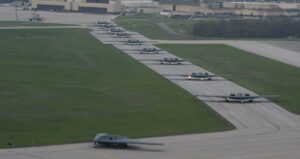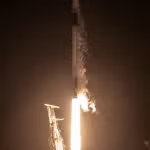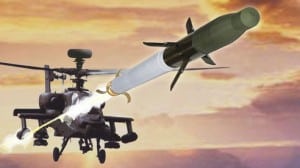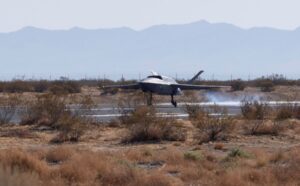
The U.S. Air Force Life Cycle Management Center at Wright-Patterson AFB, Ohio last week awarded Northrop Grumman [NOC] an up to $7 billion, five-year contract for B-2 sustainment and modernization, as the service plans avionics and weapons upgrades for its 20 stealth bombers. "This contract provides for B-2 enhancements, sustainment, logistics elements including sustaining engineering, software maintenance, and support equipment," DoD said in a May 2 contract announcement. "Also included is programmed depot maintenance of the fleet and other interim…














